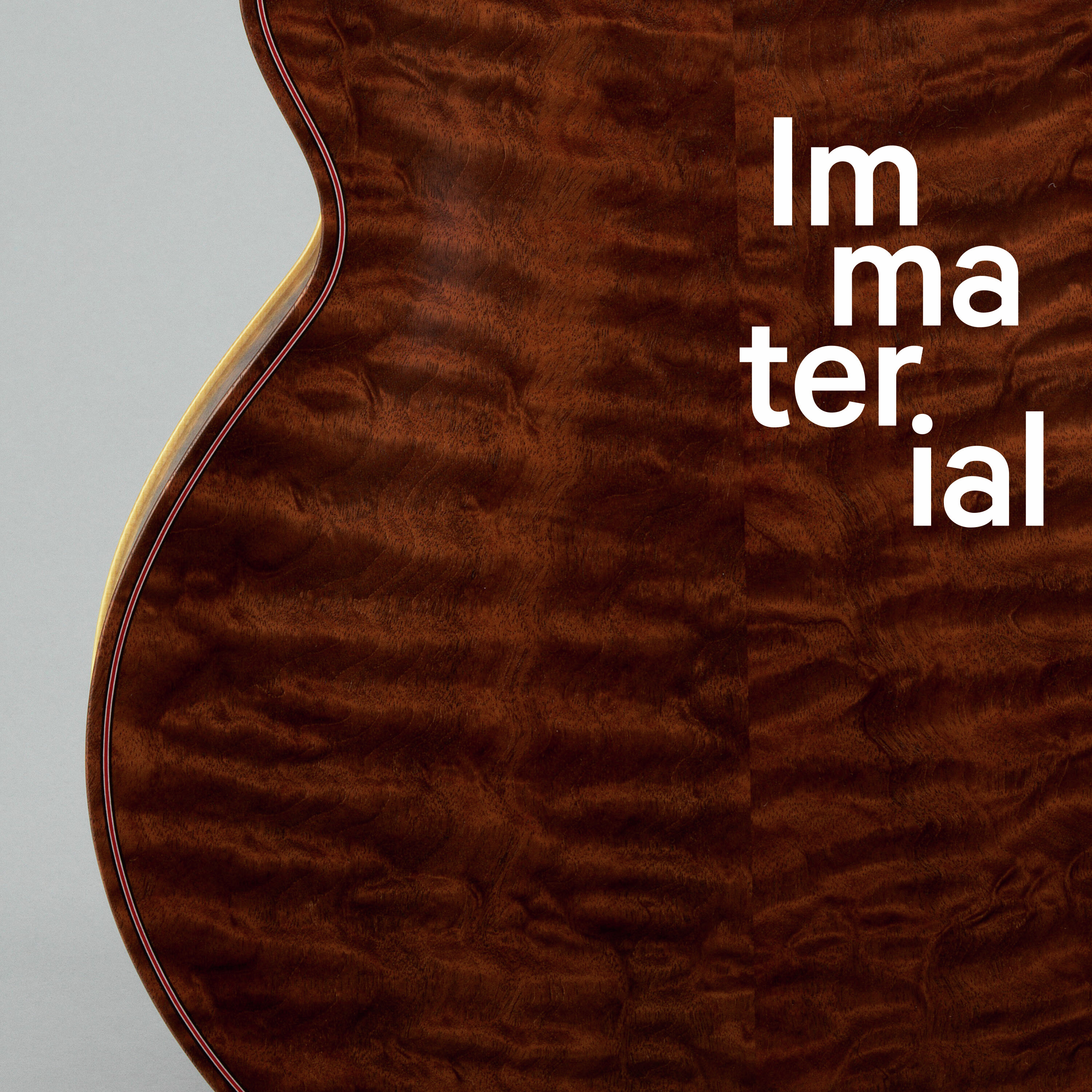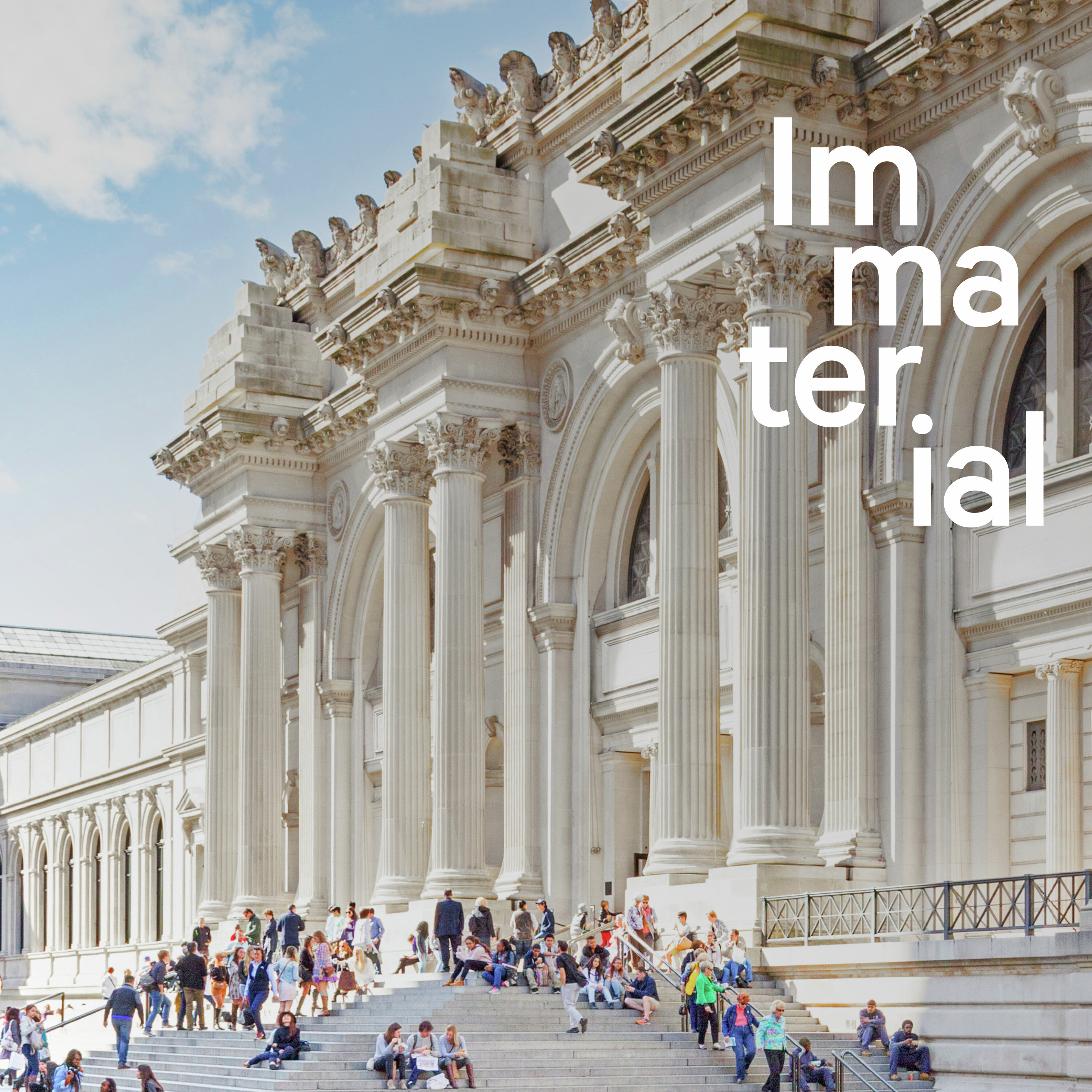Clay
Description
In seventeenth-century Europe, some of the wealthiest women in the world were doing something strange with the ceramic jars in their curiosity cabinets. They were eating them. But these clay pieces from Mexico—called búcaros—weren't just some bizarre snack. They were seen as a piece of the “New World,” one you could touch, smell, and taste. They were so well known that they even made it into the foreground of masterpiece paintings. But what is the real story behind these jars? Who is preserving this centuries-old ceramic tradition, and what does it mean to be one of the few artists who still works with this specific, sensuous clay?
Guests:
Fernando Jimón Melchor, master ceramics artisan from Tonalà, Mexico
Federico Carò, research scientist, Scientific Research, The Metropolitan Museum of Art
Margaret Connors McQuade, Deputy Director & Curator of Decorative Arts, The Hispanic Society Museum & Library
Ronda Kasl, curator of Latin American Art, The American Wing, The Metropolitan Museum of Art
Jorge Cañizares-Esguerra, professor and historian of science and medicine at the University of Texas
Featured object:
Covered jar (Búcaros), ca. 1675–1700. Mexico, Tonalà. Earthenware, burnished, with white paint and silver leaf, 27 3/4 in. (70.5 cm). The Metropolitan Museum of Art, New York, Sansbury-Mills Fund, 2015 (2015.45.2a, b)
For a transcript of this episode and more information, visit metmuseum.org/immaterial
#MetImmaterial
Immaterial is produced by The Metropolitan Museum of Art and Magnificent Noise and hosted by Camile Dungy. This episode was produced by Eleanor Kagan and Ariana Martinez.
Translation, photos and field production by Fernando Hernandez Becerra of Esto no es radio.
Special thanks to Marie Clapot, Monika Bincsik, Sarah Cowan, Lam Thuy Vo, and ArtShack Brooklyn.
See omnystudio.com/listener for privacy information.























